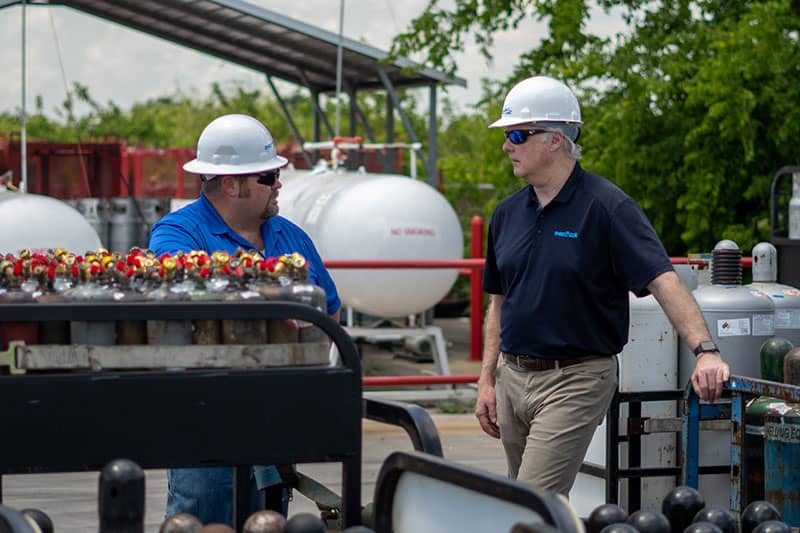Advanced Welding Techniques: nexAir KnowHow Shares Expert Tips for Skilled Welders
Welding isn’t just about joining metal – it’s about creating something built to last. For seasoned welders, the most minor adjustments can yield the most significant gains. At nexAir, we’ve gathered tips straight from the floor — from the people who weld for a living and keep pushing their craft forward.
Mastering Pulse MIG: Beyond the Basics
Most welders know the basics of pulse MIG, but few unlock everything it can do. Real gains come from dialing in the machine — not just setting it and striking an arc.
Take aluminum, for example. Many of our customers swear by running a slightly higher pulse frequency than the manual calls for. It helps produce cleaner beads and keeps heat distortion in check. When working with stainless, especially on thinner stock, backing off the heat just a little can lead to tighter, more consistent results.
The trick is in the trial runs. Keep a running log of what settings worked on which jobs. Over time, it becomes your own go-to playbook — more valuable than any default chart. That kind of hands-on refinement is what we mean when we talk about helping our partners Forge Forward, even on the toughest builds.
Precision TIG Welding: The Small Details Matter
TIG welding is where patience meets precision. And while most welders have their rhythm, a few subtle shifts can elevate the final product.
Cup size, for one, is more than just about gas coverage. Switching to a larger cup — even when it’s not strictly required — gives better visibility on tight or intricate joints. The same goes for tungsten prep. Grinding the tip lengthwise rather than across helps maintain a steady arc and cleaner start.
Heat control is another big one. Instead of rushing through long seams, use tack welds to spread out the heat and reduce the risk of distortion. It’s a small habit that makes a big difference, especially when aesthetics and strength both matter. These tips come straight from our KnowHow™ sessions — developed with the day-to-day realities of welders in mind.
Gas Selection Secrets for Superior Finishes
Shielding gas is often treated like an afterthought — but the right mix can completely change your results.
Working with carbon steel and want a better-looking weld? A tri-mix blend with a bit of added oxygen can smooth out the bead and cut down on post-weld cleanup. On stainless, adding helium produces brighter welds with fewer oxides and less brushing afterward.
And don’t forget flow rate. Too high, and you create turbulence that pulls in air. Too low, and you’re left with poor shielding. Most applications perform best between 15–25 CFH — but your shop setup, joint type, and torch angle all factor in. Adjust accordingly.
Troubleshooting Weld Issues: What to Check When Nothing Makes Sense
Some problems don’t show up until you’re halfway through a weld — and by then, you’re already chasing fixes. That’s why real troubleshooting starts with knowing where to look first.
If you’re seeing porosity, don’t just re-clean the surface. Look around your workspace. Drafts from nearby doors, fans, or even HVAC vents can disrupt your gas shield without you noticing.
Wire feed acting up? Before adjusting tension or swapping tips, inspect the liner and check for bends or debris in the cable. Those hidden issues cause more headaches than worn drive rolls ever will.
And if you’re prepping metal, remember: “looks clean” doesn’t always cut it. Oils, coatings, or even fingerprints can throw off an otherwise solid weld.
The more methodical your approach, the fewer surprises you’ll face on the job. Over time, pattern recognition becomes second nature — and that’s when troubleshooting turns into real skill.
Don't see what you're looking for?
Everything we offer is a click away and it will arrive before you know it.



